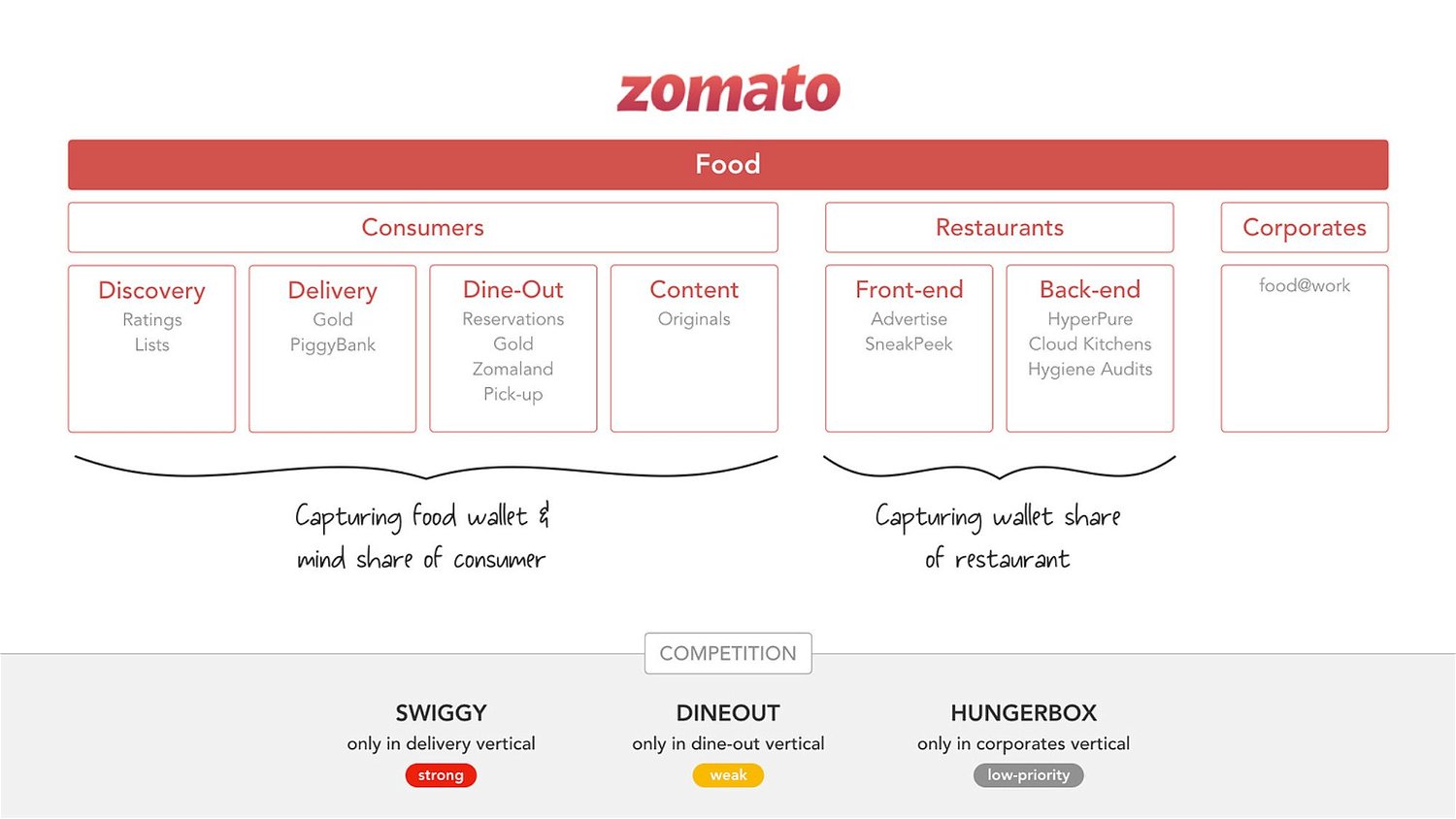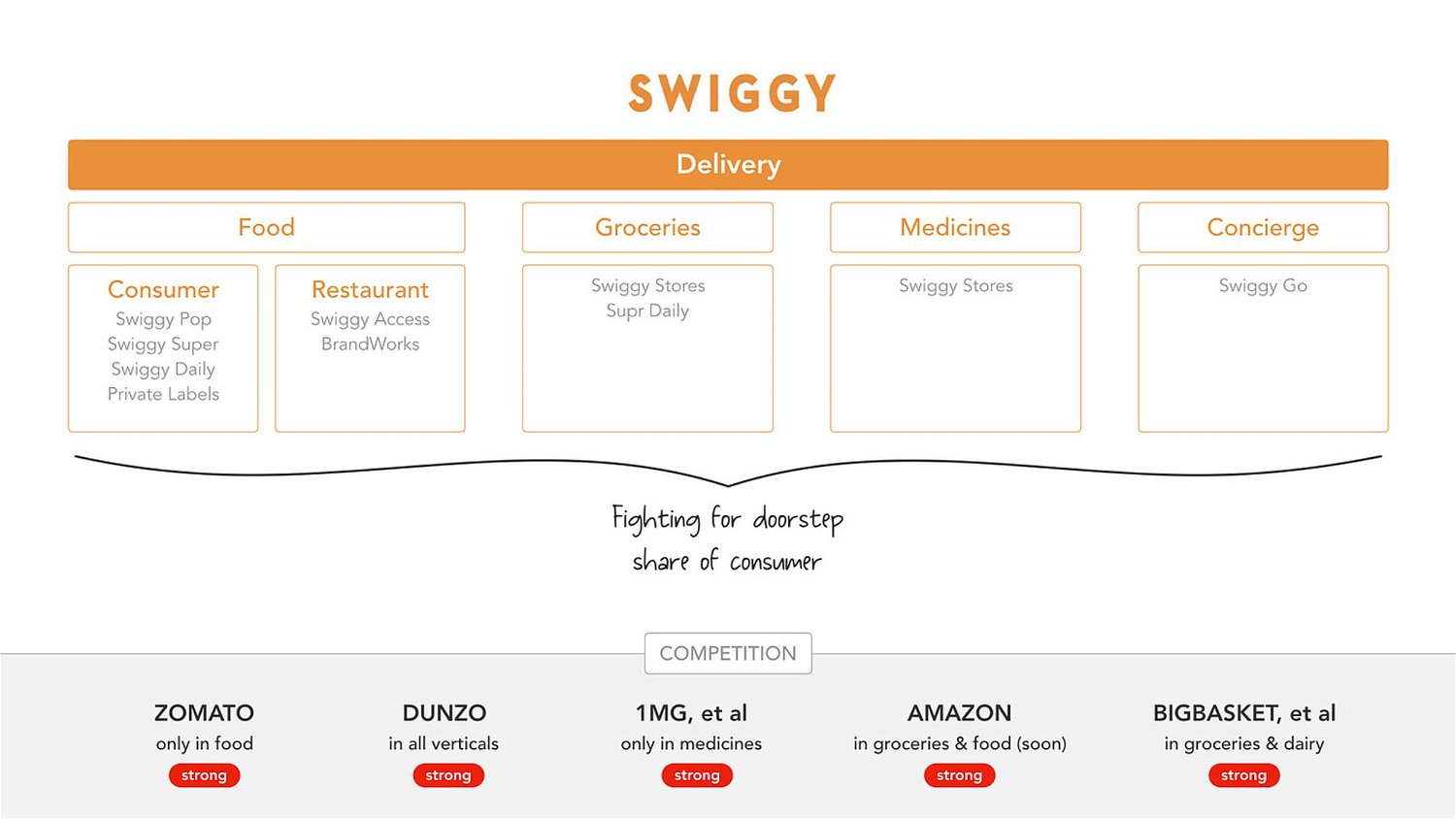Published: 18-Feb-2020
Zomato and Swiggy have been fighting for a share of our stomachs for a few years now. While there have been others like FoodPanda, UberEats and TinyOwl, we can comfortably say Zomato and Swiggy are the last remaining giants in this battle.
But while they both are fighting the food delivery battle, are they fighting the same war?
As consumers, we tend to slot them into the same bucket. However, the reality is that while Zomato and Swiggy compete in food delivery, the rivalry stops there. When you look at the larger picture, they are companies with very different DNA chasing different end goals.

